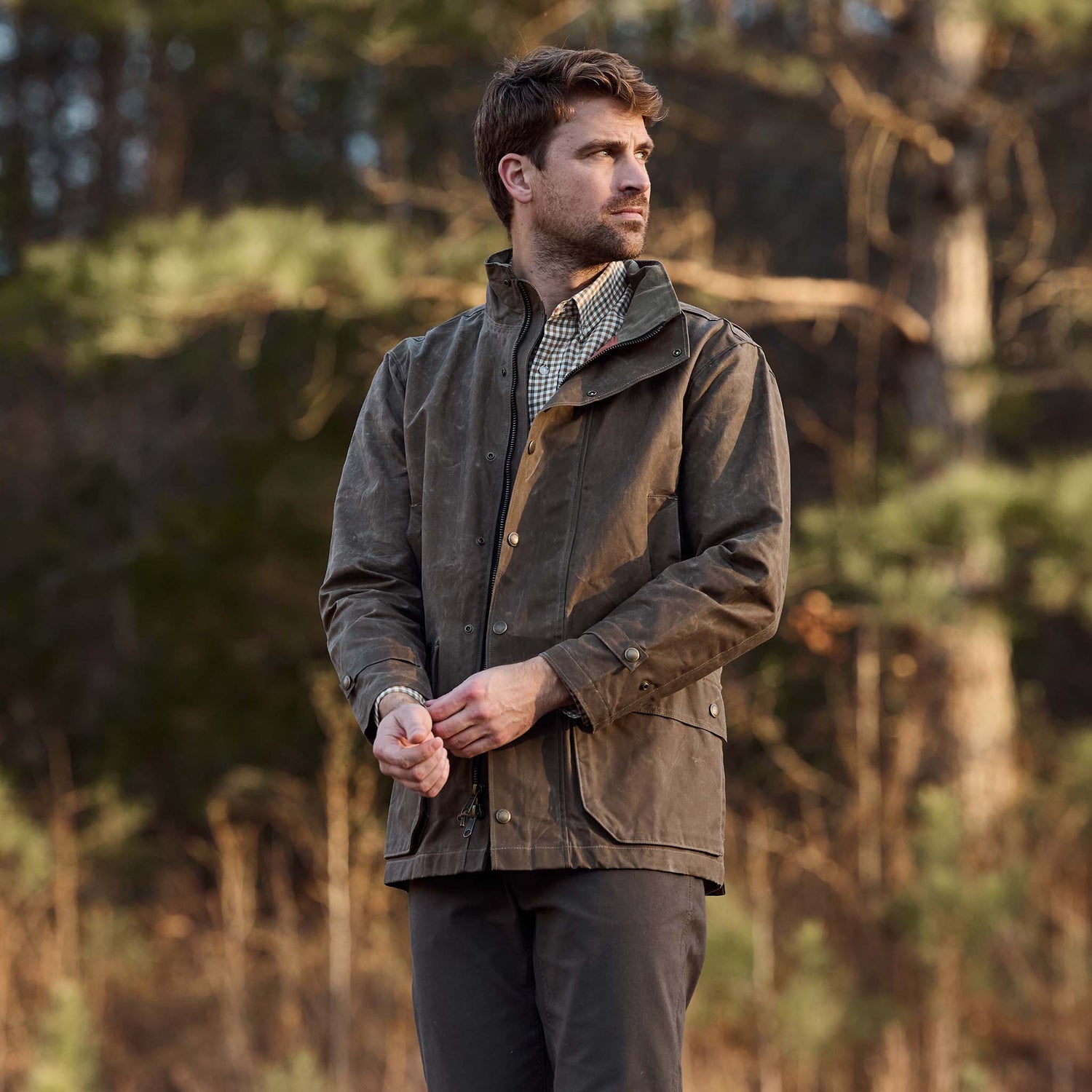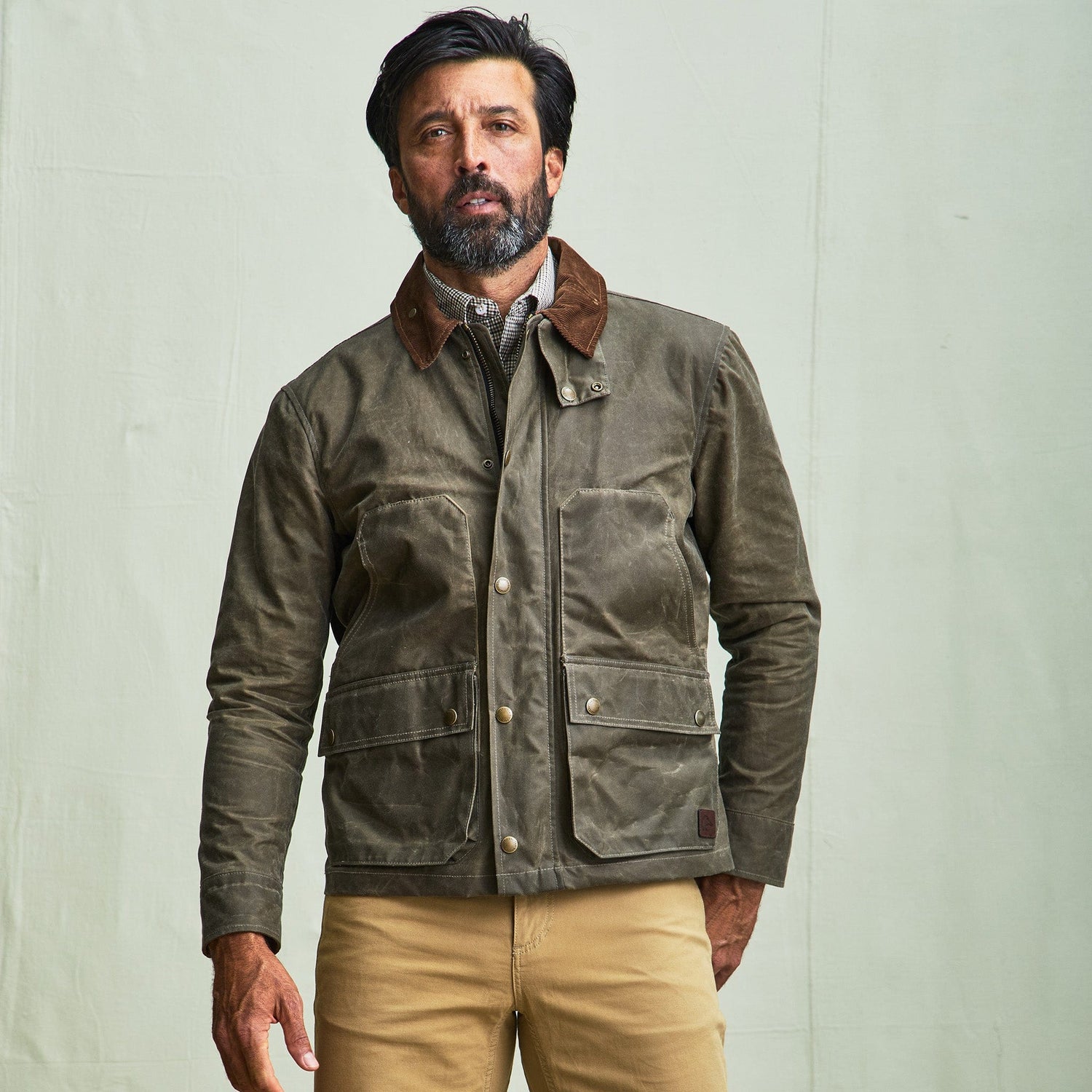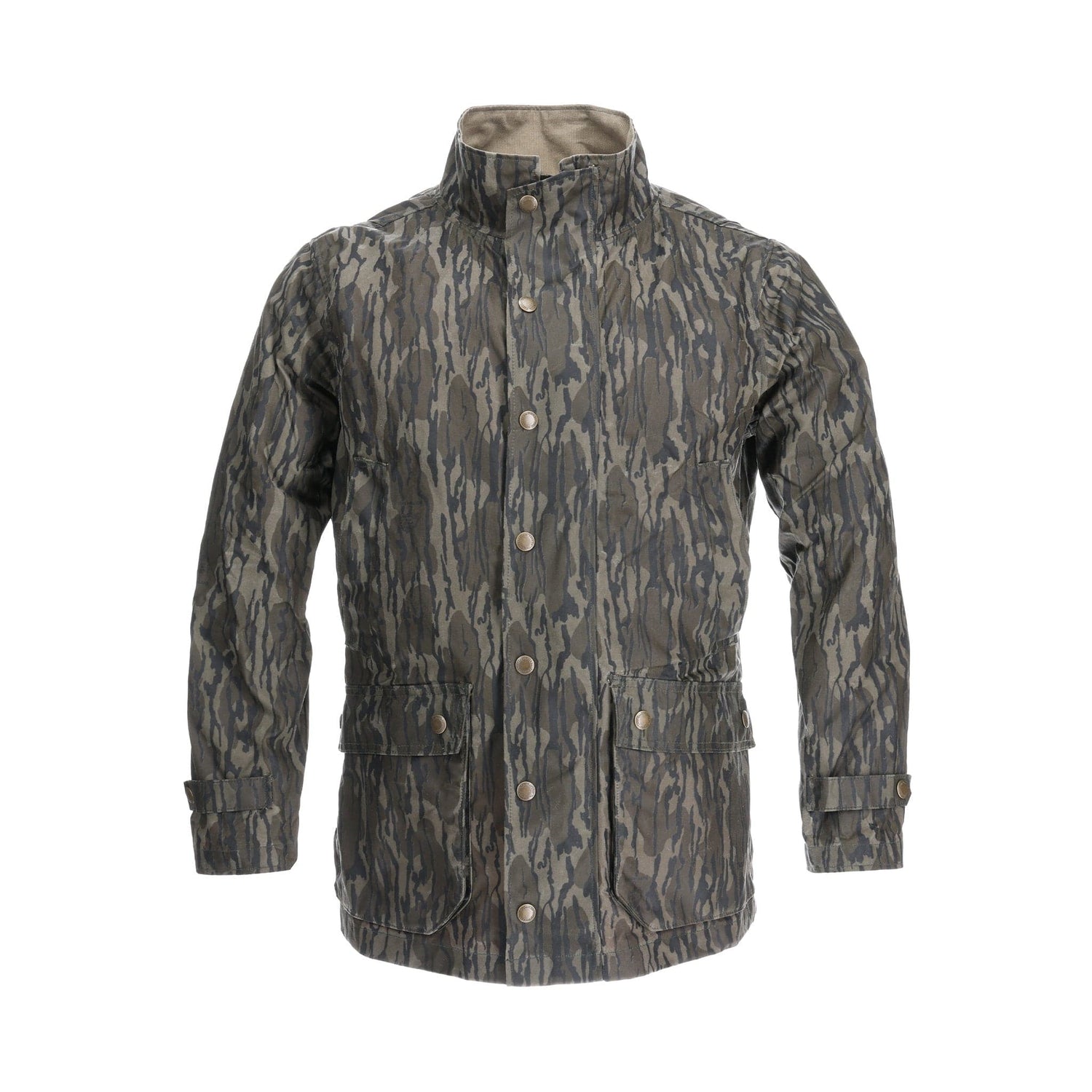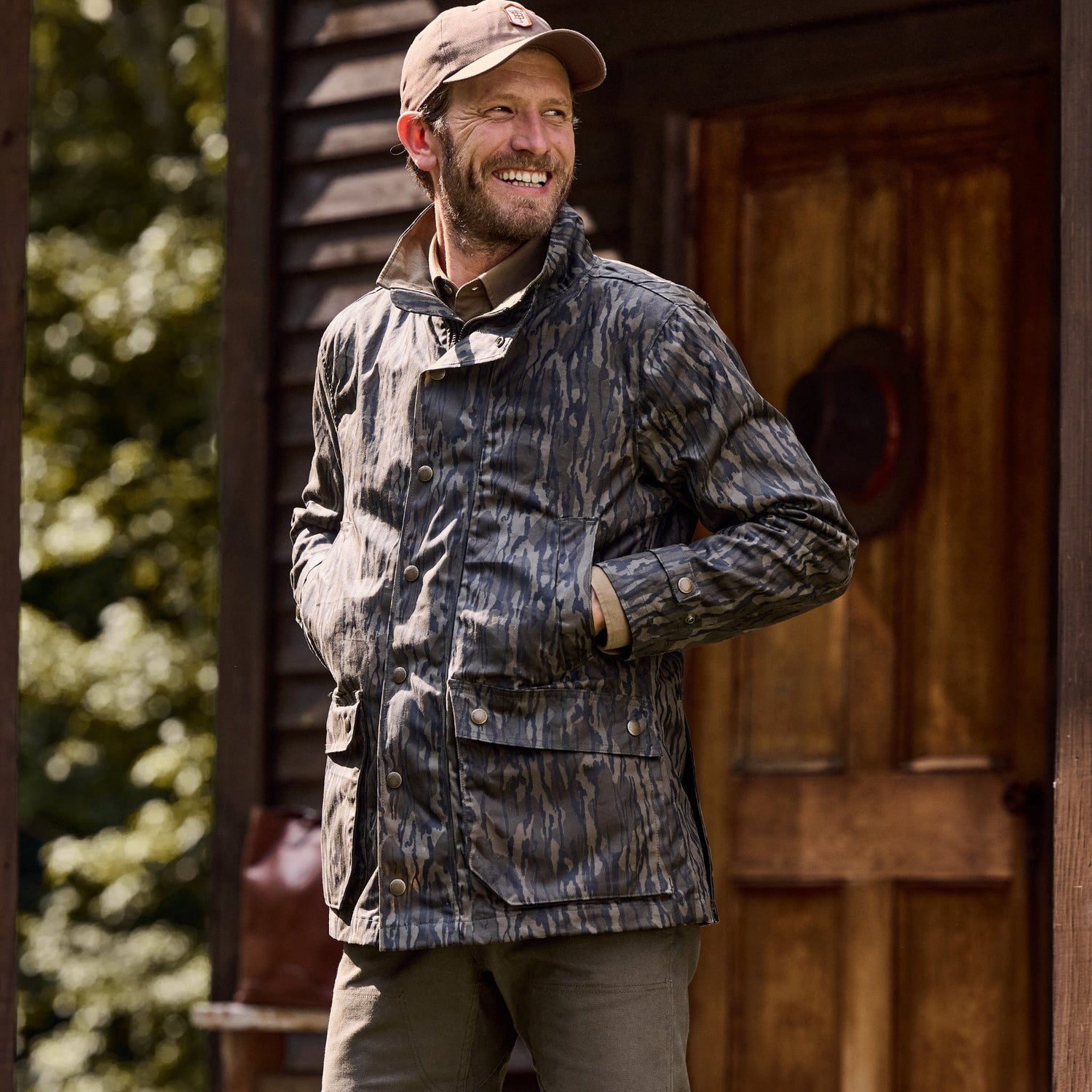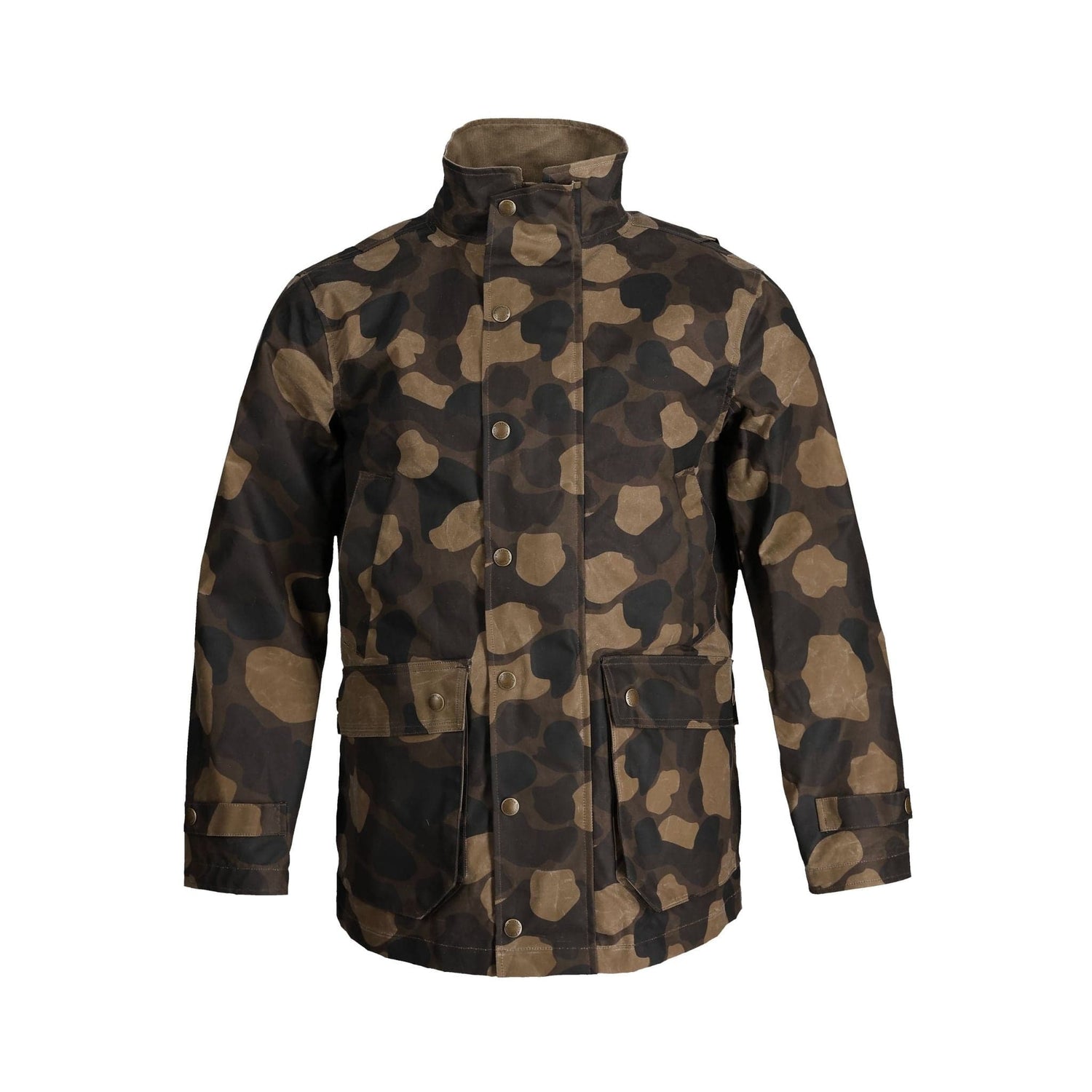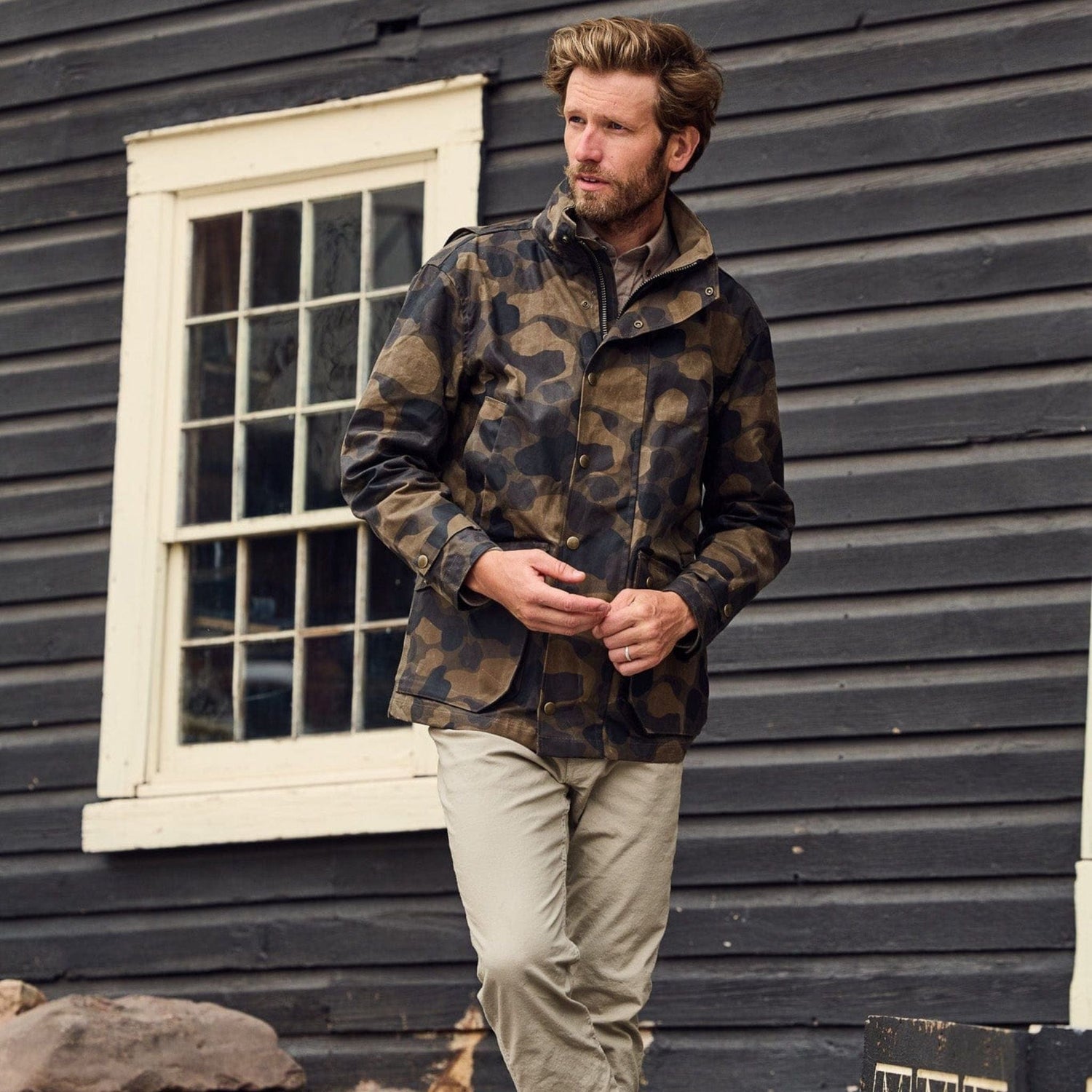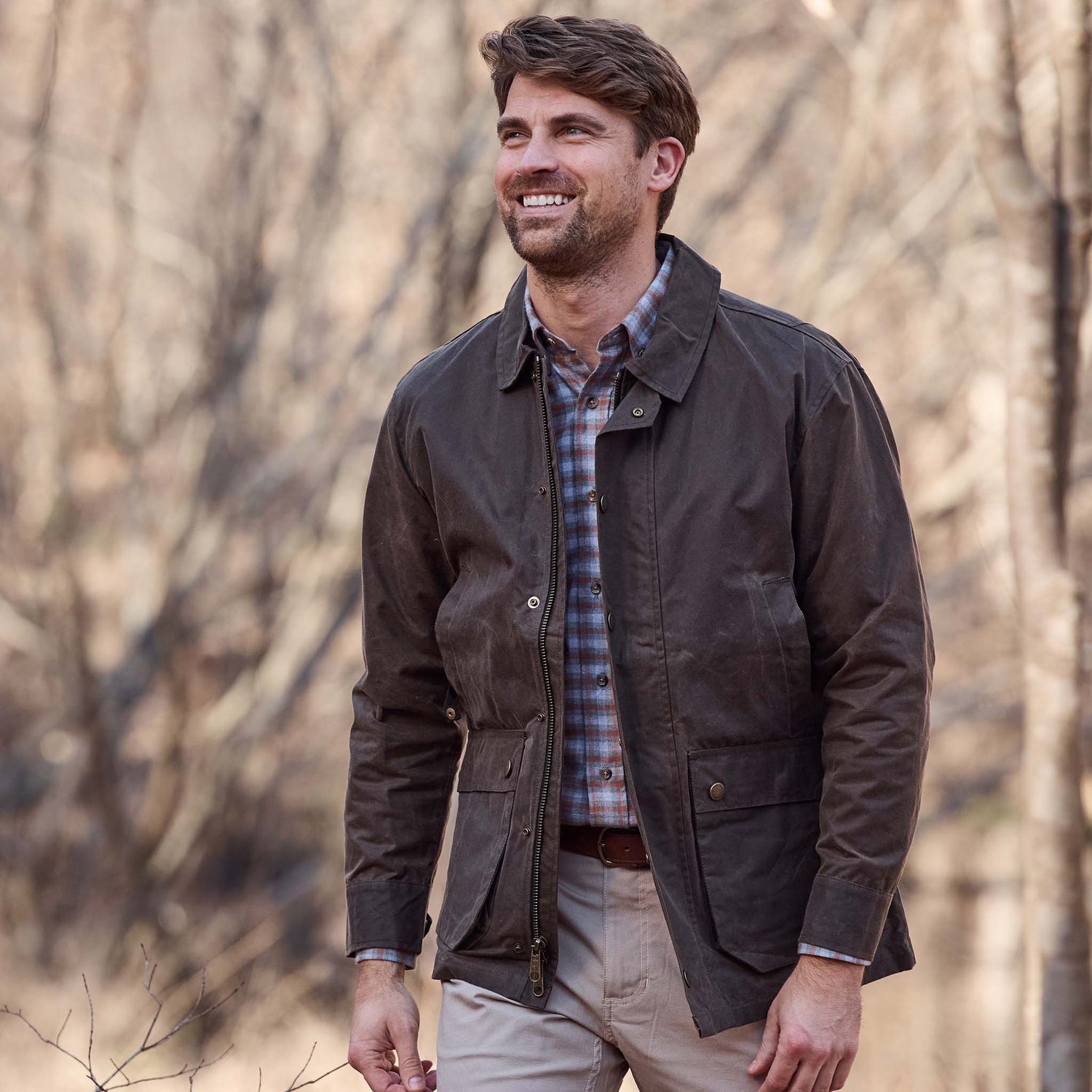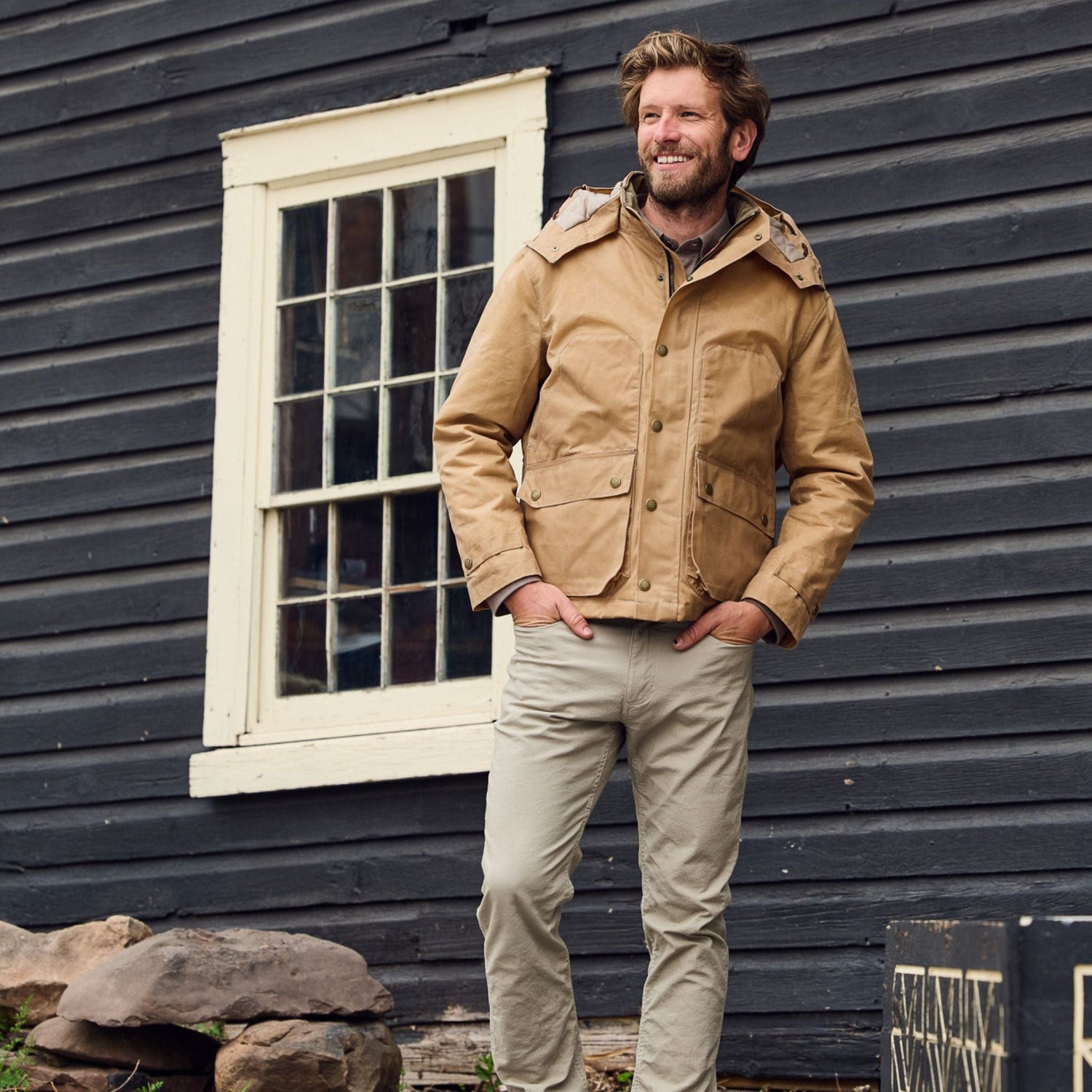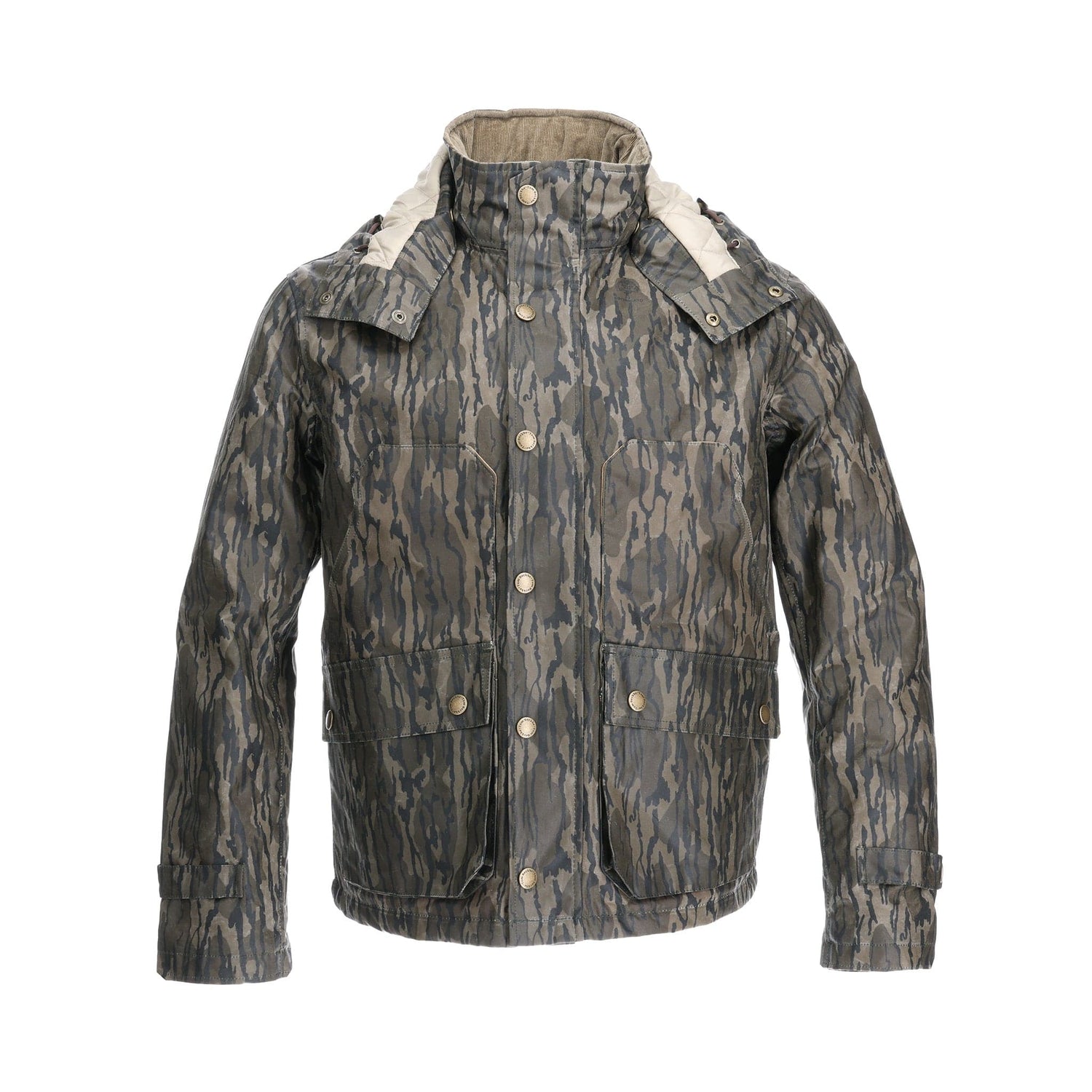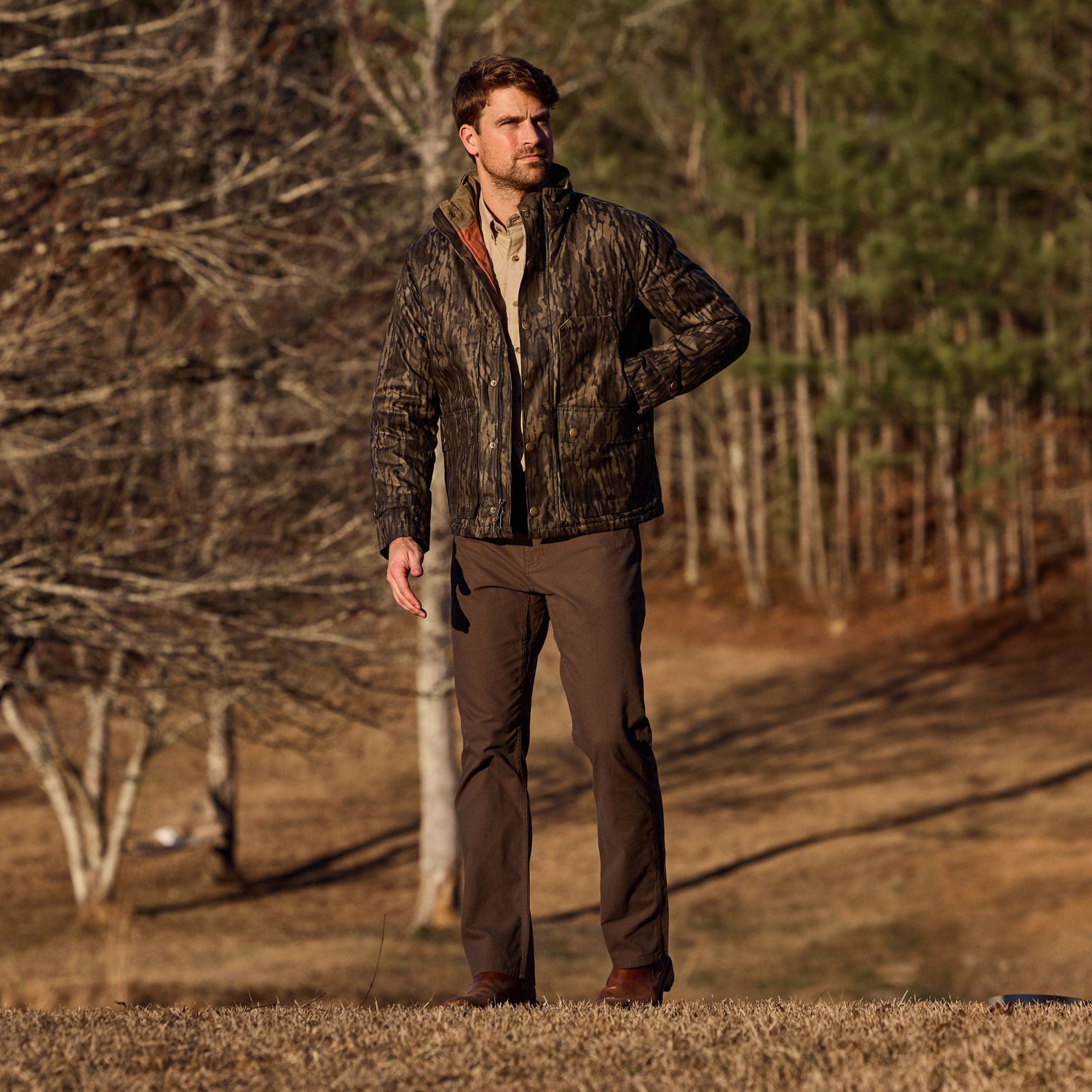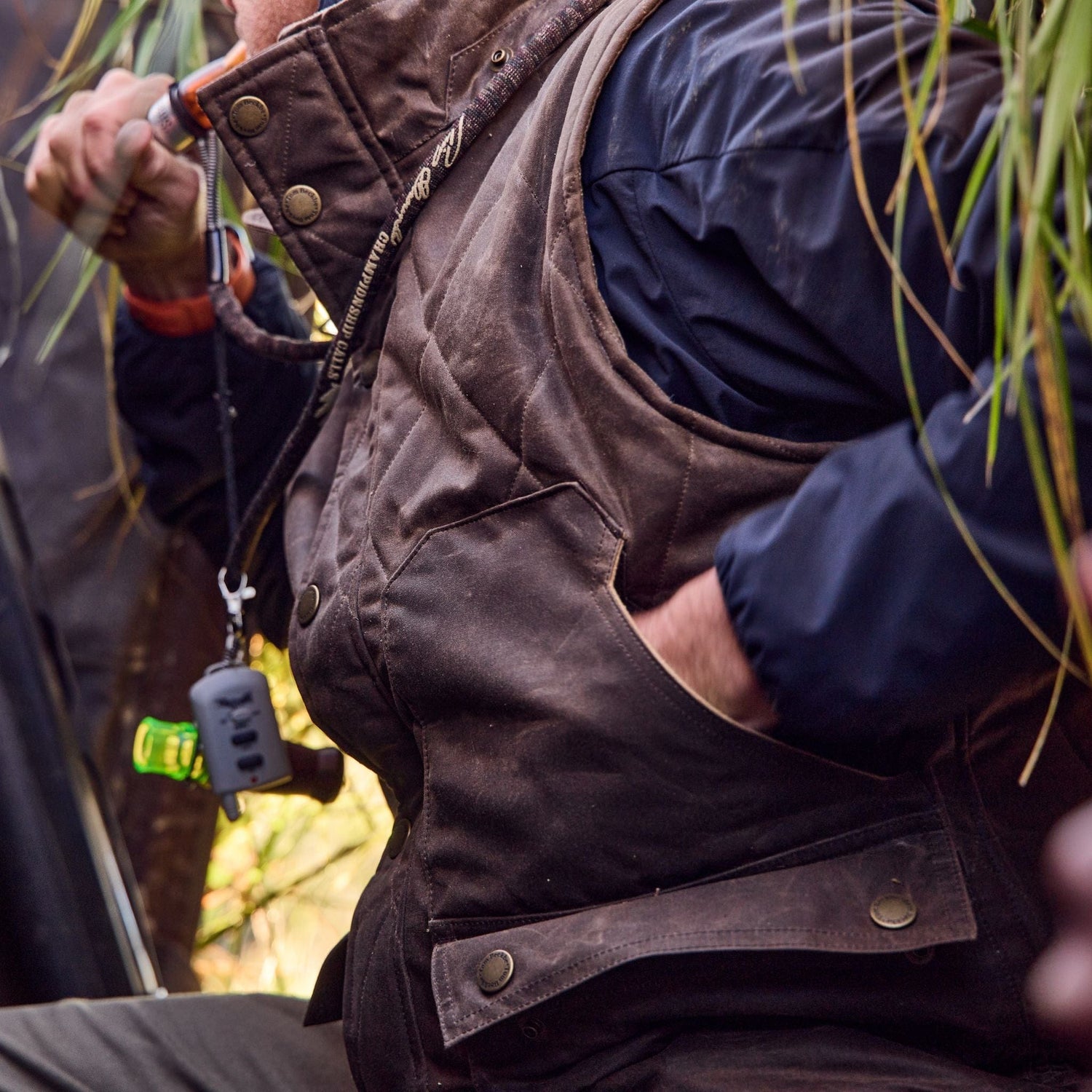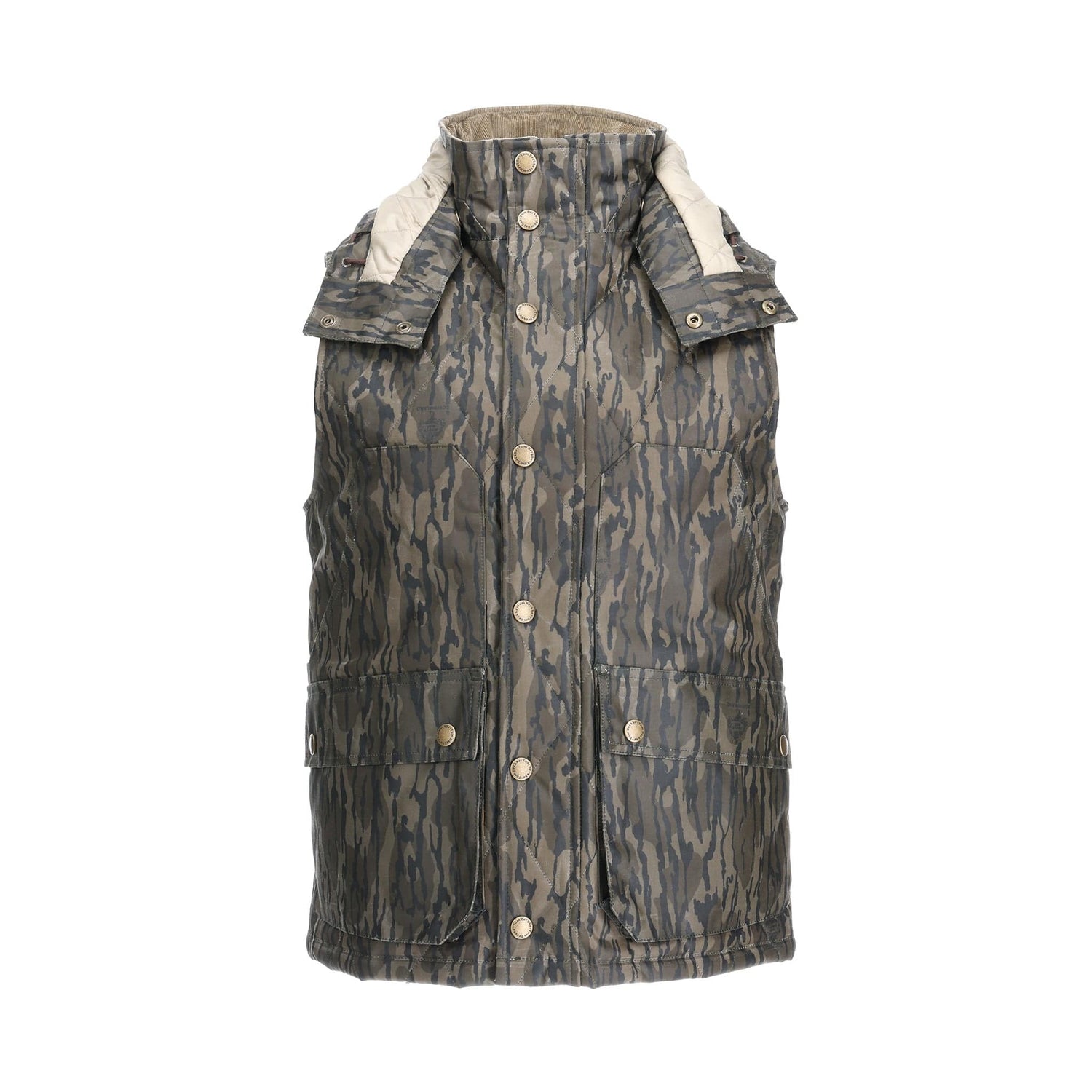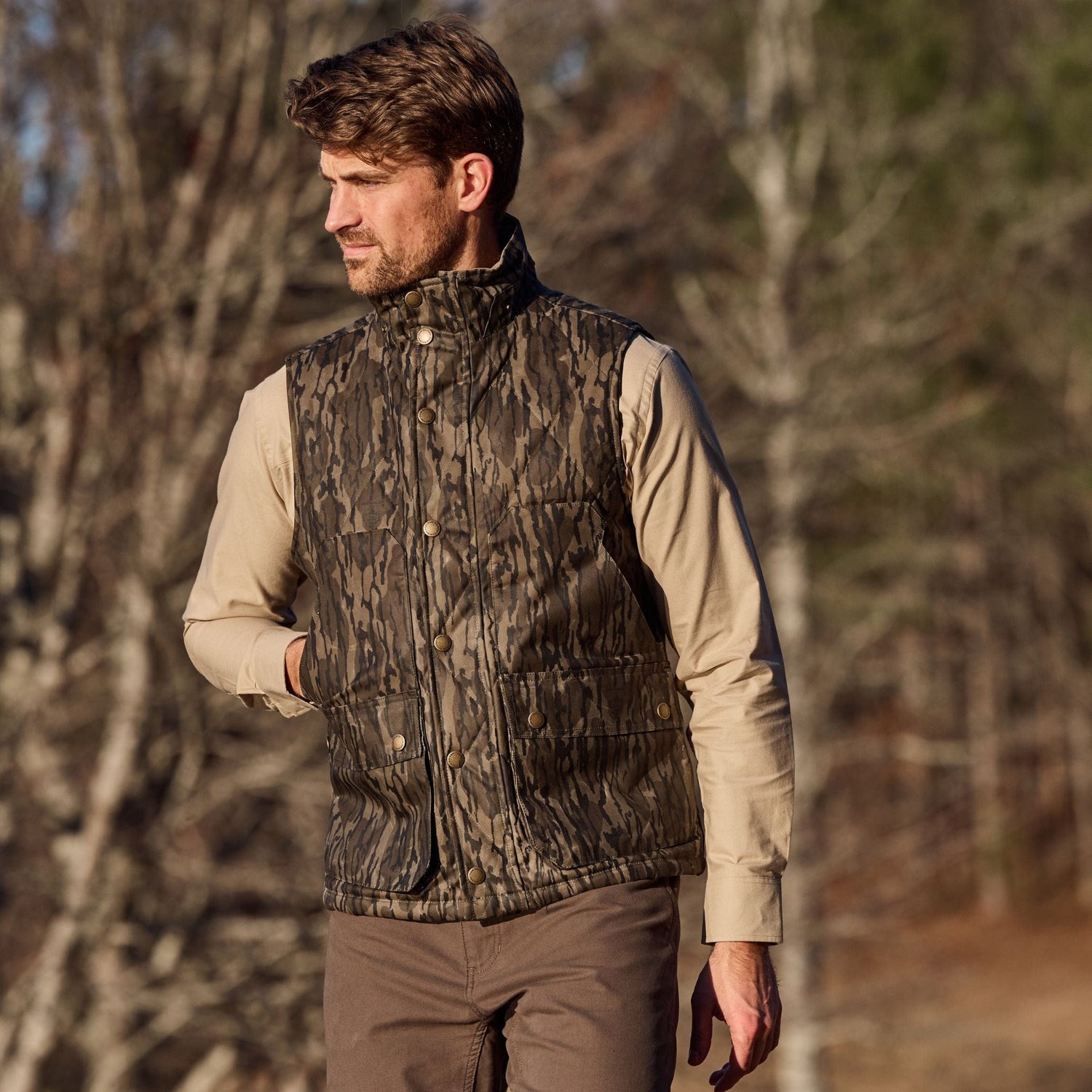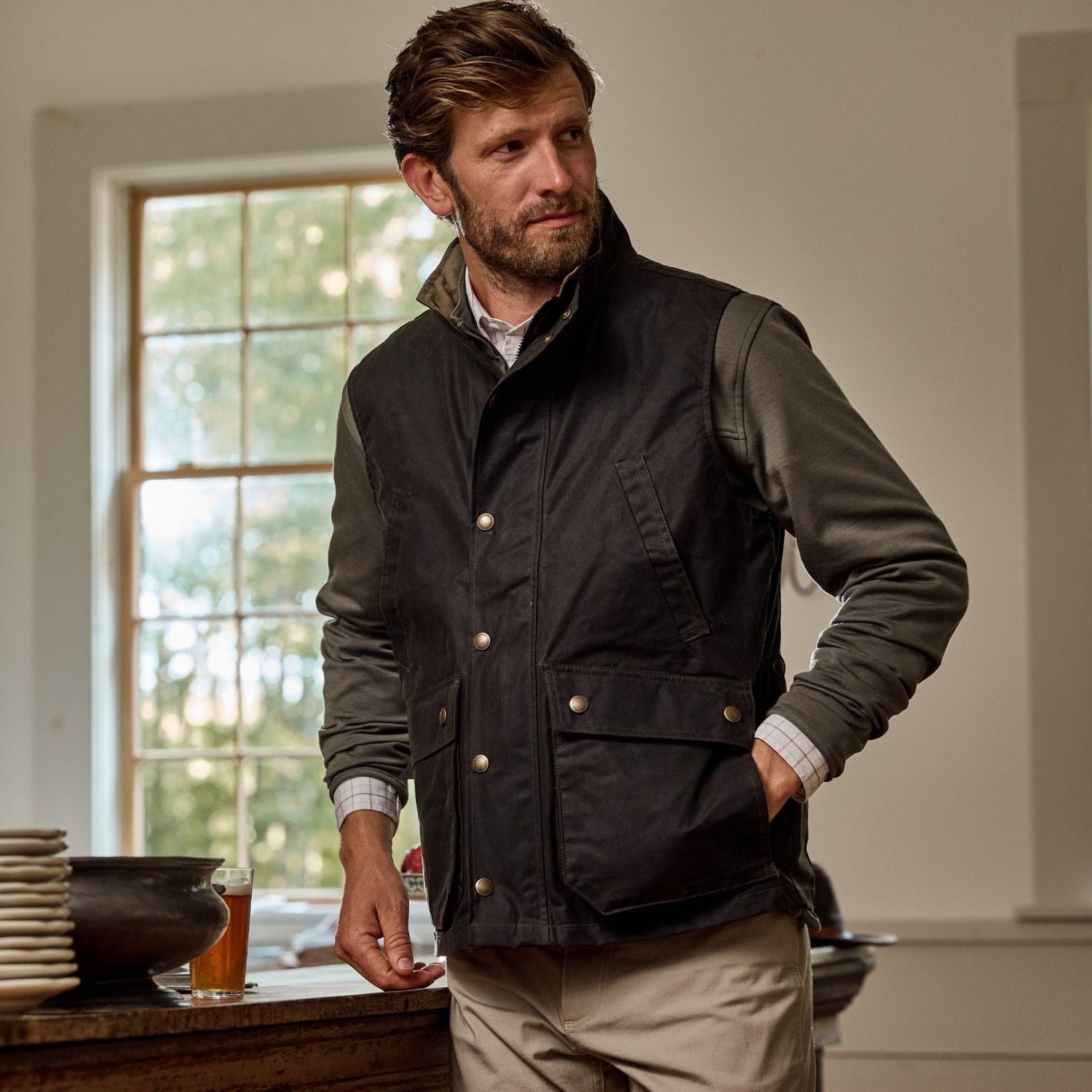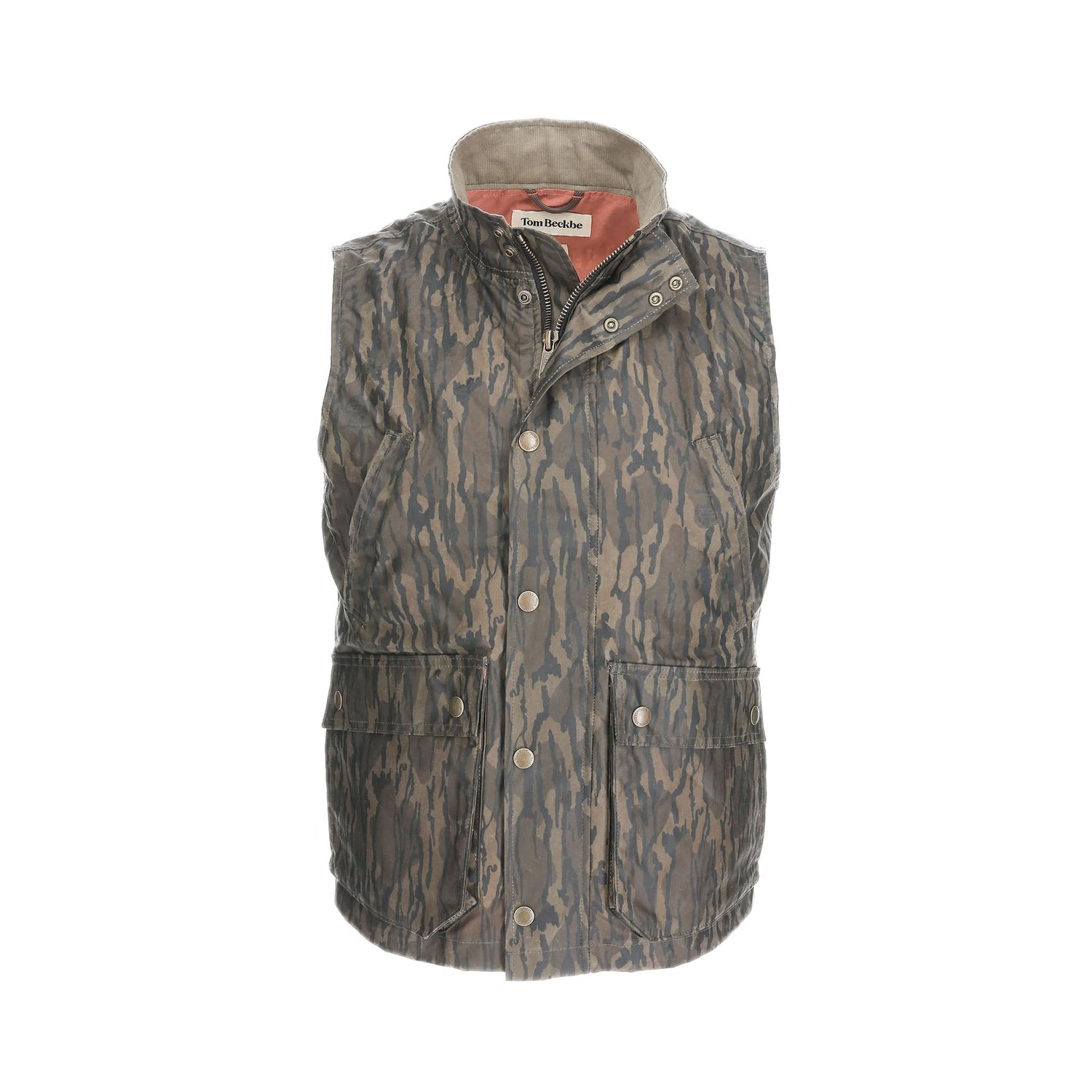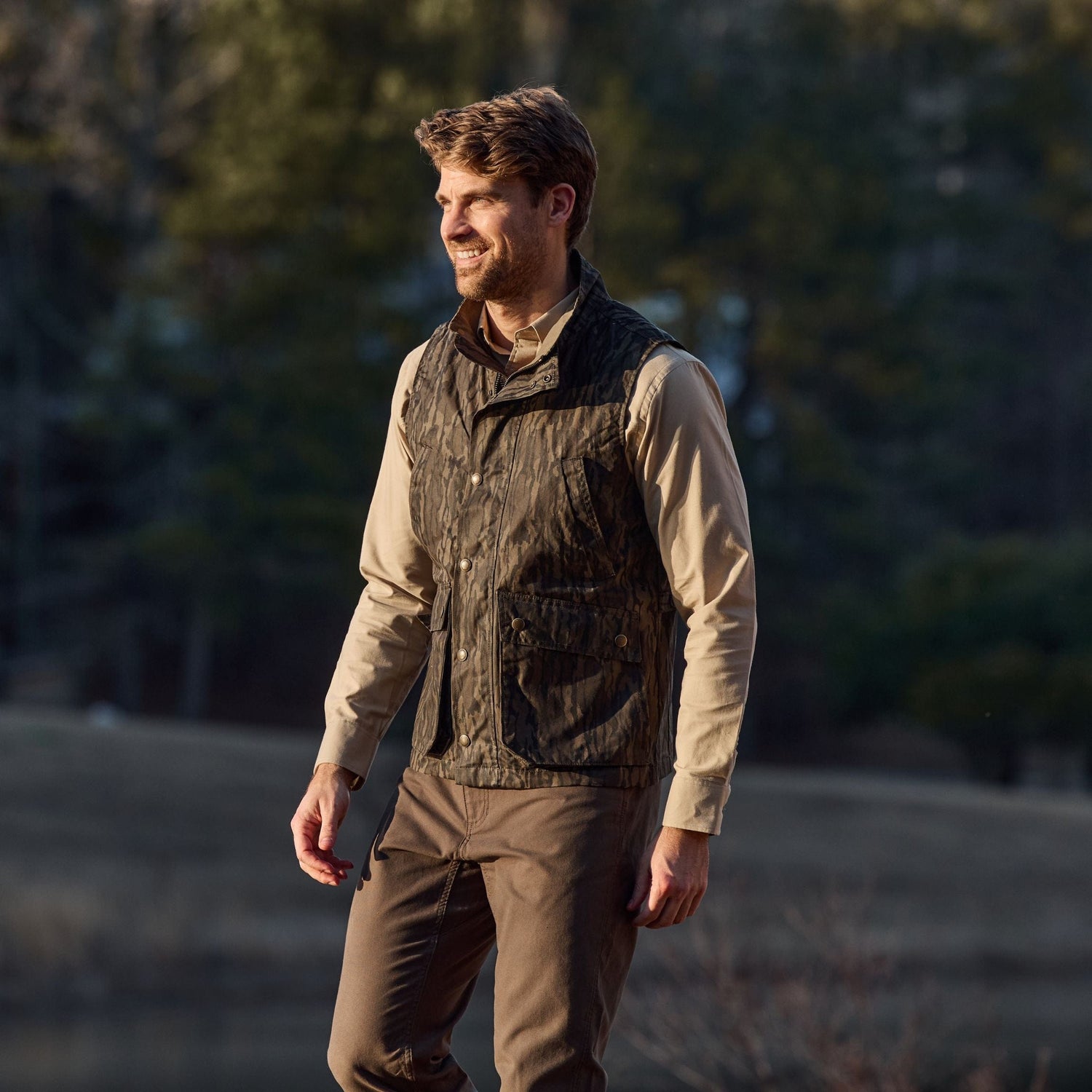The sky opens up and dumps the rare kind of snow that cancels work in Wichita. The stillness of the working world creates a brief opportunity for a late season rabbit hunt. Not wanting to spend more time in the truck than on the ground, I drive to a nearby reservoir surrounded by public hunting land. It is a short drive, but I take the opportunity during the quiet trip alone to filter and sort complicated relationships with congregants at my local church where I serve as a lay-pastor. In my mind, I write snappy replies to emails. I spit well-rehearsed retorts to backhanded compliments or forehanded offenses. I preach an improvised sermon half out-loud, lecturing the congregation for their laziness and half-baked ideas about faith. I am full of fervor, theatrical, and maniacal. It feels good to upend the institution, alone in the cab of a truck playing the imaginary prophet. I find a pull-off with no trucks and park.
I packed a bag full of supplies including water, tea, a book, a small journal, and emergency equipment. I don’t need any of it. I am not going to be very far from the truck at any given moment, but I like carrying a pack. It serves as a comfort to know I can stop anywhere along the way and shift from hunting to reading, or take a break to brew tea and consider the clouds. Not one hundred yards from the truck, I see the first sign of rabbit. My face flushes and I can feel my heartbeat in my hands and feet. A deep breath brings my body back to equilibrium, but my eyes focus on the terrain, and my pace slows. The tea and the book will have to wait.
Rabbit tracks cross through a clearing between a few red cedars and a small stand of hardwoods. Gingerly creeping through the grass, my measured pace counters Pippin, the rescue-dog and wonder hunter, who seems determined to investigate all items of possible interest at a frenetic pace. I scan for subtle movement or silhouette farther ahead. To the right, a shelter belt of planted pines creates a windbreak and barrier from the road. Somewhere in this tall grass, thick underbrush, or cedar trees a rabbit is hiding. I have no pressing need to kill, but if given the opportunity, I will shoot one. Trisha, my wife, is a tenacious kitchen hobbyist and mentioned interest in raised game pie, but rabbit is the missing ingredient from our freezer. I push on to the next belt of red cedars.
The terrain leads back to the south, toward the inlet to the reservoir. We slowly make our way through a taller stand of trees, into a clearing where scrub brush and thicket form irregular obstacles in an otherwise clear path. I think of intrusions, both manifest and spiritual. At the church, we have staff persons disappearing to manage their own divorces, addictions, family funerals, and children. It seems whatever disturbance has found the congregation through the pandemic is also distributed among staff. Often, when I greet colleagues with a casual “how are you,” I am met with a resounding, “tired,” “exhausted,” or “fine” followed by an accompanying long look of expectation. Though I do not begrudge anyone for taking care of themself, collectively, it feels like tying the boat of our hopes to the dock of ambition with a frayed rope. Defeated by the demands of the decaying institution, I have imagined many times turning in my resignation and committing the rest of my life to walking the woods with my dog. More rabbit track and I return to the woods.
The snow isn’t brand new. Old tracks congregate through the underbrush, but one set of prints stands out among the others. These tracks, still bright and clean with sharp edges, might lead to a living rabbit. They dart into a heavy thicket using one little opening, but the cover thins immediately, revealing the rabbit’s departure. Pushing back to the east, a thin line of trees following a shallow draw from the road seems the most likely haven. I slowly follow, careful not to step on anything loud, a limb or exposed leaves. Pippin works the perimeter, while I close in on the sunken land where the tracks lead. I am still focusing intently on the tracks when the rabbit emerges from hiding ten yards from me. Pippin is somewhere in the vicinity, actively connecting to his limited birddog lineage, but decidedly not on the trail of the rabbit. Running with more sneak than speed, the rabbit takes four or five bounds and stops. I quickly pull up my rifle and put the bead in the middle of the brown body, and squeeze off a round. The crack of the .22 echoes through the trees. Pippin snaps to attention. But the rabbit remains frozen. I lever a second round into the chamber. Assuming the first shot sped over the top of the target, I adjusted the bead lower, and squeeze the trigger. This time an explosion of snow before, and short of, the rabbit sends it bounding toward the river. Three quick bolts and the rabbit vanishes.
The reports of the rifle send Pippin into overdrive. He is too late to see the rabbit run away, but knows shooting often means retrieving or discovering more game. He dashes into the area and begins searching and huffing the air, hoping to lift another quail or find a downed bird. I watch, trying to explain my failure, but he is content to check every scruff of grass for evidence. I am envious of Pippin, optimistic at every opportunity.
I think about Trisha’s raised game pie and the hidden smile and feigned condolences she will give when I tell her of the miss. We have pheasant, quail, and venison in the freezer, but the recipe needs rabbit to be authentic. Trisha will see the miss as more a victory for the rabbit than a loss for the kitchen.
The sun begins its slow descent. Its fall signals the coming end of day. Inside me, I feel the fires of predation burn brighter. I keep my gloves on against the cold, but the still air warms in the daylight. The geese in the distance begin making their rounds. There is a promise in every track, potential in every thicket. Farther down the creek, a service road crosses over a small causeway, and leads into a deeper, more secluded piece of wooded land. Crossing over the land bridge, Pippin explores the iced-over lake edge. He sniffs a discarded bucket, the kind often used to feed cattle. Amused, my clever friend looks to me as if to say, look at this bucket, out of place and out of use. Darkness leaks from under downed trees and autumn’s forgotten leaf bed. The lower terrain has been under water in recent years, and the tall trees have choked out any renewing sunlight. The grasses give way to a forest floor and only a few piles of fallen limbs serve as cover for small game. There are no tracks. Daylight wanes, so I forgo the exploration and continue from where I departed.
On my daily commute to work, I use travel time for entertainment or phone conversations. I imagine the rabbit conserves energy for more important matters. The rabbit knows no annoyance beyond threats to life itself. When I get to work, there will be someone at the door with a long-winded story and a short punch line. Ultimately, all the stories have the same message: “Can you help?” I explain the process for assistance and then, as I enter, I hear a small still voice whispering, “You temper your annoyance at those who have burned their bridges with pleasantries, but you know their misery is of their own making. You secretly blame an aging community for their own slow death. You retreat to your private office full of artwork and books and then shut the door. It is you who should run.”
Pippin shakes off agitation from losing the trail, rousting me from my daydream. I return to the business of hunting. To pursue a rabbit is to pursue an illusion, a flash, a shape-shifting trickster. Nothing is easy. Yet here the pace resolves to a persistent heart beat and foot step. The field stretches on for another half mile with plenty of cover along this western edge, but the majority of the tracks are in this northwestern corner. Each track gives way to another, offering messages to those who take the time to listen.
Considering light, time, and distance, this wandering through the country teases a denouement. I have been staring over the water’s edge, dreaming of spring. Community gatherings will move outdoors. Light jackets will replace the bundle of coats, and faces will emerge from their hooded protection. Cheeks lifted to the sun, all will gesture praise to a warming sky. Without warning, a brownish gray streak of fur bursts from the grass and splashes down the edge of the field. I fumble the rifle to my shoulder, swing it as I would a shotgun trying to get a bead on the nose of my target, and squeeze the trigger. In two more leaps, the rabbit ducks back into cover.
Pippin is zipping around a brush pile, overzealous, and again the rabbit. It does not bolt from the brush but sneaks to the opposite side, dancing across the trail, left to right, carefully avoiding the dog. Ready to make a quick shot if necessary, I slip up the trail and peek into the open window between reeds. Nothing. A few more steps. Nothing. Circling around to the far end of the grass patch, I look. Nothing. I plod through noisily, expecting to create a non-shooting-only-viewing situation. Nothing.
About the Author
Leslie Alan Coates is from Salina, KS. He holds a BFA in Theatre from Emporia State University and an MFA in Musical Theatre from San Diego State University. He is a hunter and angler who writes poetry and prose about the natural world.


